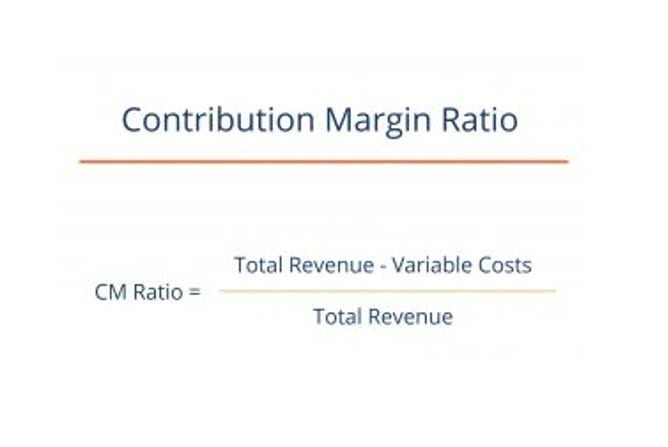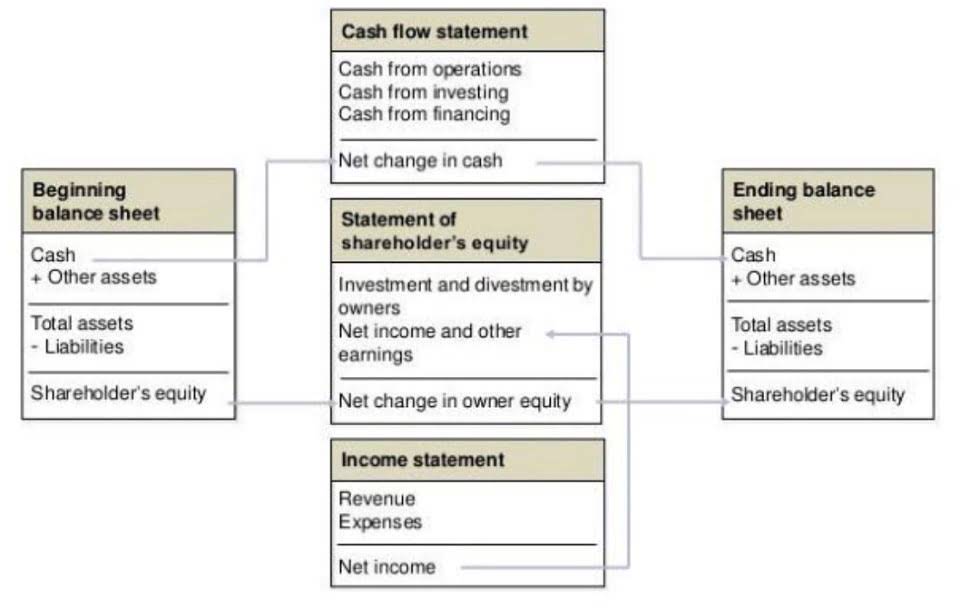Doenças
2 min leitura
Incremental Cost: Definition, How to Calculate, and Examples

By considering the incremental cost, businesses can make informed choices and maximize their financial outcomes. Remember, incremental cost incremental cost analysis provides valuable insights into the financial implications of decisions. By considering different perspectives and utilizing tools like cost-benefit analysis, individuals and businesses can make more informed choices that align with their goals and objectives.

Real-World Examples of Incremental Cost Analysis

Incremental cost, often referred to as “marginal cost,” represents the change in total cost resulting from producing one additional unit of a product or service. It’s the cost incurred beyond the status quo—a shift from the familiar to the slightly altered. By comparing these incremental costs with the expected benefits (increased production, higher sales, etc.), the company can determine whether the expansion is financially viable. Incremental costing is a crucial concept when it comes to calculating and comparing the costs and benefits of different options. In this section, we will delve into the intricacies of incremental costs and explore various perspectives to gain a comprehensive understanding. Let’s say, as an example, https://www.bookstime.com/ that a company is considering increasing its production of goods but needs to understand the incremental costs involved.
- Incremental cost analysis provides valuable insights into resource allocation, profitability, and optimizing decision-making processes.
- Incremental cost, also known as the marginal or differential cost, refers to the additional cost a business incurs when producing or selling an additional unit of a product or service.
- When stakeholders propose additional features, project managers assess their incremental cost against the project’s overall budget.
- As a result, the total incremental cost to produce the additional 2,000 units is $30,000 or ($330,000 – $300,000).
- Sunk costs are costs that have already been incurred and cannot be recovered, regardless of the decision made.
Importance of Incremental Cost in Decision Making
Notably, it s always more profitable if businesses expand their product lines without exploiting customers’ trust by upselling low-quality products at high prices. So remember – instead of maximizing profits through deceitful tactics creating values that meet customers expectations is key. Cflow is an AI-based workflow automation platform that offers a no-code orientation in process automation. Cflow is best suitable for SMBs and enterprise businesses which can be leveraged to enhance productivity by automating repetitive tasks. This allows the team to focus on tasks that matter and require their attention.
Subtracting Baseline Cost from Alternative Cost

It s critical to take into account all increments of cost when estimating whether it’s beneficial or not to expand your product line. Incremental improvement is a fundamentally different approach in comparison to “overnight success” in terms of growth and output delivery. Most often, contra asset account the process improvement is initiated as an organization-wide drive which tampers with the stability of the work. On the other hand, the concept of incrementalism allows teams and even individuals to focus on steady and consistent actions that are easily manageable and volatile to immediate changes.

Calculating Incremental Costs
Investments in modern equipment and lean manufacturing techniques can reduce inefficiencies. Labor market conditions, such as tight labor supply or regulatory changes like wage increases, can raise labor costs. Businesses must monitor these variables to manage incremental costs effectively. @aaaCookie, the incremental cost approach usually does not consider the costs you discuss. But if the per-unit cost or average cost is decreasing by incurring the incremental cost, the company might be able to reduce the price of the product and enjoy selling more units.
